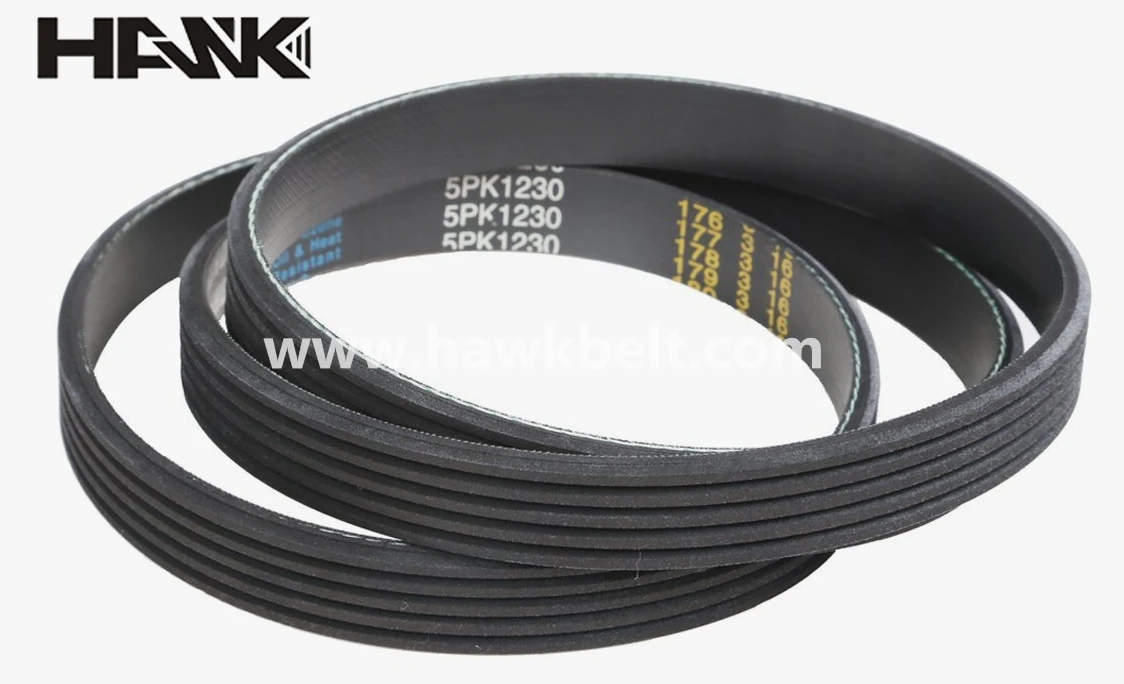- Arabic
- French
- Russian
- Spanish
- Portuguese
- Turkish
- Armenian
- English
- Albanian
- Amharic
- Azerbaijani
- Basque
- Belarusian
- Bengali
- Bosnian
- Bulgarian
- Catalan
- Cebuano
- Corsican
- Croatian
- Czech
- Danish
- Dutch
- Afrikaans
- Esperanto
- Estonian
- Finnish
- Frisian
- Galician
- Georgian
- German
- Greek
- Gujarati
- Haitian Creole
- hausa
- hawaiian
- Hebrew
- Hindi
- Miao
- Hungarian
- Icelandic
- igbo
- Indonesian
- irish
- Italian
- Japanese
- Javanese
- Kannada
- kazakh
- Khmer
- Rwandese
- Korean
- Kurdish
- Kyrgyz
- Lao
- Latin
- Latvian
- Lithuanian
- Luxembourgish
- Macedonian
- Malgashi
- Malay
- Malayalam
- Maltese
- Maori
- Marathi
- Mongolian
- Myanmar
- Nepali
- Norwegian
- Norwegian
- Occitan
- Pashto
- Persian
- Polish
- Punjabi
- Romanian
- Samoan
- Scottish Gaelic
- Serbian
- Sesotho
- Shona
- Sindhi
- Sinhala
- Slovak
- Slovenian
- Somali
- Sundanese
- Swahili
- Swedish
- Tagalog
- Tajik
- Tamil
- Tatar
- Telugu
- Thai
- Turkmen
- Ukrainian
- Urdu
- Uighur
- Uzbek
- Vietnamese
- Welsh
- Bantu
- Yiddish
- Yoruba
- Zulu
dec . 06, 2024 10:08 Back to list
Understanding the Causes and Solutions for Drive Belt Slippage in Vehicles
Understanding Drive Belt Slipping Causes, Effects, and Solutions
Drive belts are crucial components in many mechanical systems, particularly in automotive engines and industrial machinery. A drive belt connects various parts of a machine, transferring power from one component to another. However, when a drive belt starts to slip, it can create a range of problems that may compromise the efficiency and effectiveness of the entire system. This article delves into the causes, effects, and potential solutions for drive belt slipping.
What is Drive Belt Slipping?
Drive belt slipping occurs when the belt fails to maintain proper friction with the pulleys it runs on, leading to a loss of power transfer. This can result in reduced performance, increased wear, or even complete failure of the mechanical system. Slippage can be detected in various ways, including unusual noises, decreased performance of connected components, or visible signs of wear on the belt itself.
Causes of Drive Belt Slipping
1. Lack of Tension A primary cause of belt slippage is insufficient tension. A belt that is too loose will not grip the pulleys adequately, leading to slippage. Proper tension is critical for ensuring that the belt remains in contact with the pulleys and can efficiently transfer power.
2. Worn Pulleys Over time, pulleys can wear down, leading to a change in their shape or surface texture. Worn pulleys can cause poor contact with the belt, increasing the risk of slippage. Regular inspection and replacement of pulleys are essential for maintaining optimal performance.
3. Contamination Contaminants like oil, grease, dust, or debris can compromise the effectiveness of a drive belt. When foreign substances coat the belt or pulleys, they reduce friction, increasing the likelihood of slippage. Keeping the working environment clean is vital in preventing contamination issues.
4. Improper Alignment If the pulleys are not correctly aligned, this misalignment can lead to uneven wear on the belt and increased tension on certain areas. This not only causes slippage but can also lead to premature failure of both the belt and the pulleys.
5. Extreme Temperatures Drive belts are designed to withstand a specific range of operating temperatures. Extreme heat can cause the belt material to degrade or become too flexible, while cold temperatures can make it brittle. Both conditions can contribute to slippage.
Effects of Drive Belt Slipping
drive belt slipping

The consequences of drive belt slipping can be significant and varied. Some of the primary effects include
- Reduced Efficiency Slipping leads to inefficient power transfer, which can significantly affect the overall performance of the engine or machinery. - Increased Wear and Tear When a belt slips, it can create excessive friction, leading to faster wear on the belt and pulleys. This can result in more frequent maintenance or replacement, increasing operational costs. - System Failure In critical systems, persistent slippage can eventually lead to total failure of the drive system, often resulting in costly repairs and downtime.
Solutions to Drive Belt Slipping
Several steps can be taken to address and prevent drive belt slippage
1. Regular Inspections Conducting routine checks on the drive belt and associated components can help identify potential problems before they escalate. Look for signs of wear, damage, or alignment issues.
2. Proper Maintenance This includes adjusting belt tension, cleaning contaminants from the belt and pulleys, and aligning the components to ensure optimal performance.
3. Replacement If a belt shows signs of significant wear or damage, replacement is often the best course of action. Using high-quality belts designed for the specific application can also reduce the likelihood of slippage.
4. Professional Assistance In complex systems, it may be beneficial to consult with a professional mechanic or technician. They can provide insights into possible issues and ensure that maintenance is performed to industry standards.
Conclusion
Drive belt slipping is a common issue that can lead to a myriad of problems in machinery and automotive applications. Understanding the causes and effects, coupled with proactive maintenance and timely intervention, can help mitigate the risks associated with slippage, ensuring smooth and efficient operation. Regular attention to drive belts and pulleys is essential in prolonging the lifespan of the equipment and preserving overall performance.
-
Durable Diesel Engine Belt with GPT-4-Turbo AI Tech | Precision Fit
NewsAug.04,2025
-
High-Quality Tensioner Belt Pulley - Durable & Efficient
NewsAug.03,2025
-
Premium Timing Belt Factory | AI-Optimized Solutions
NewsAug.02,2025
-
Premium Custom V Belts Enhanced with GPT-4 Turbo AI
NewsAug.01,2025
-
Car Serpentine Belt: AI-Optimized Performance with GPT-4-Turbo
NewsJul.31,2025
-
Heat Joining Drive Belt | High-Durability Fusion Solution
NewsJul.31,2025

